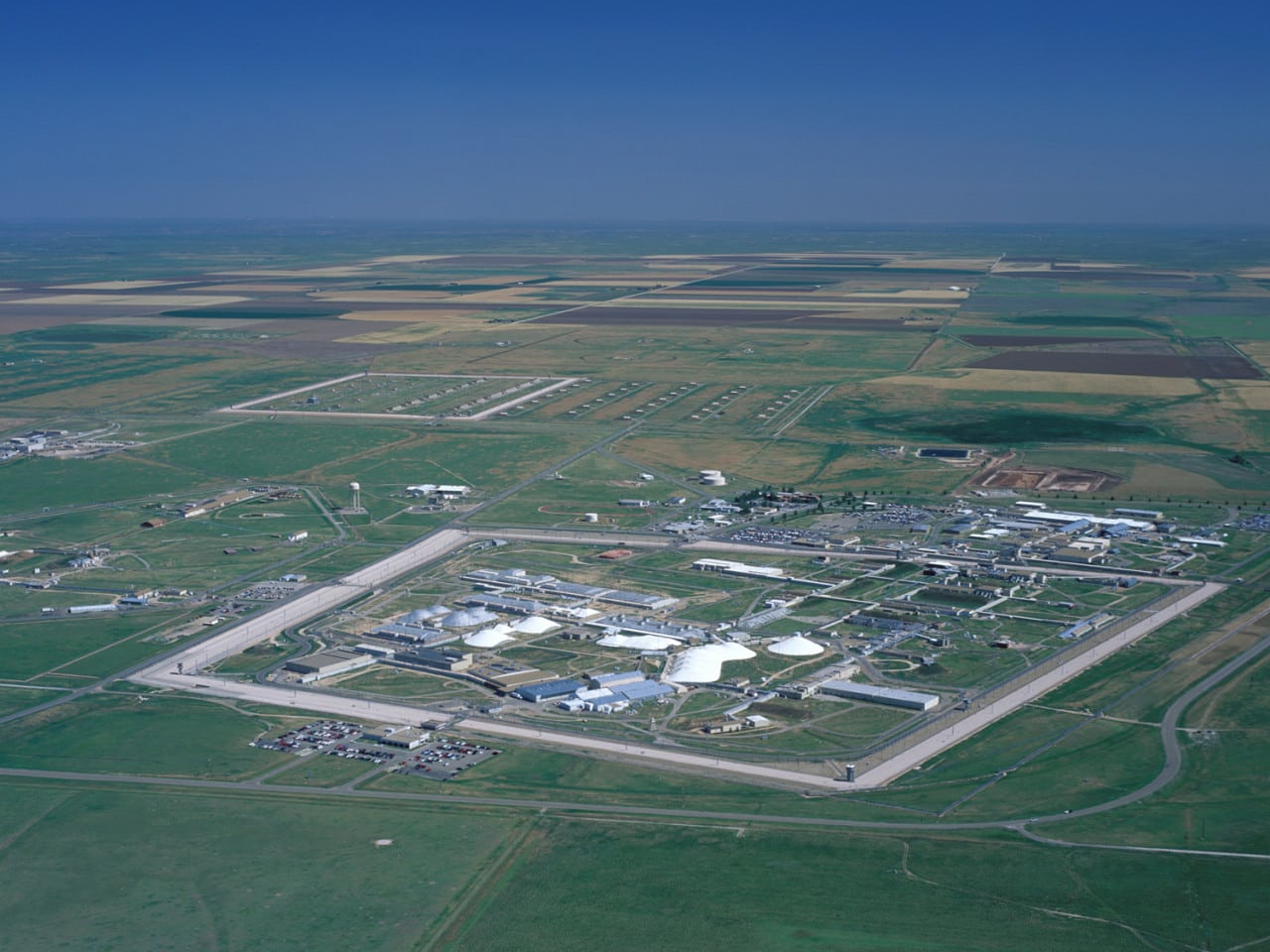
Amentum’s recently announced merger with Jacobs winnows the field of candidates vying to take over management of the Pantex Plant in Texas for the National Nuclear Security Administration.
After oral in-person interviews began last week, the consolidation of the two giant Department of Energy contractors shrinks the number of potential players for the $30 billion Pantex deal, though the exact arrangement of the teams is still unknown.
At least four teams were invited to take part in oral exams for the contract earlier this month, two sources told Exchange Monitor last week.
Among the rumored team members are Fluor, BWX Technologies (BWXT), Bechtel National, Honeywell and Huntington Ingalls Industries. Both Jacobs, which will take a majority stake in the new publicly-traded company, and Amentum are also said to be in the running.
Amentum was understood to be part of Pantex Production Partners, formed in May and registered with the federal procurement system in July. The company is owned by Huntington Ingalls Industries, according to filings with the System for Award Management.
Jacobs formed a separate entity called Pantex Mission Alliance in June and registered it in July with the federal contracting system. That team is based out of a Jacobs office in Tennessee, according to filings.
Virginia-based Amentum said late Monday it reached a deal to combine with the government operations business of Dallas-based Jacobs Solutions and create a new $13-billion, publicly-traded company with 53,000 employees worldwide. The details of the combined business structure are not settled, but about 30% of the combined operating revenue will come from Department of Energy environment and nuclear energy work while about 25% will come from Department of Defense contracts, according to a Tuesday presentation by Jacobs officials.
The merge with Jacobs Critical Mission Solutions and Cyber and Intelligence businesses should close pending regulatory approvals in the second half of Jacobs’ 2024 fiscal year. That translates to after March 2024.
Jacobs and Jacobs’ shareholders will own up to 63% of the new combined company, the Dallas-based engineering, procurement and construction company said in its own press release.
Amentum CEO John Heller will be CEO of the merged company. Steve Arnette, a Jacobs executive vice president who heads Critical Mission Solutions, will serve as chief operations officer. Jacobs’ current executive chair Steve Demetriou will become executive chair of the combined company, the companies said.
“I look forward to being part of this journey as Amentum’s executive chair,” Steve Demetriou, Jacobs’ executive chair, said Tuesday on a Jacobs conference call with investor analysts.
The newly-formed company will be a “pure play government technology solutions prime” with more than 27,000 employees with government clearance, Jacobs said. It will get the bulk of its revenue from government contracts.
On Tuesday’s analysts call Jacobs CEO Bob Pragda said the combined company “will also be a go-to partner for the U.S. government on complex national security priorities…especially in the indo-pacific and through program work with AUKUS,” the trilateral partnership among Australia, the U.K. and the U.S. to help Australia develop its own conventionally armed, nuclear-powered attack submarines.
Jacobs will receive a $1 billion cash dividend at closing, plus additional value after closing, through disposition of a retained stake in the combined company. Jacobs expects the spinoff will enable it to be more focused on high-technology businesses. Excluding the businesses being separated, Jacobs generated about $10.9 billion in revenue in fiscal year 2023.
The Jacobs board has already approved the deal, according to the Amentum press release.
Jacobs is a junior partner on the Honeywell-led team that manages the Nevada National Security Site for DOE’s semiautonomous National Nuclear Security Administration.
Amentum is the lead partner on a number of big contracts around the DOE weapons complex, including as a junior partner in the management of Lawrence Livermore National Laboratory in California.